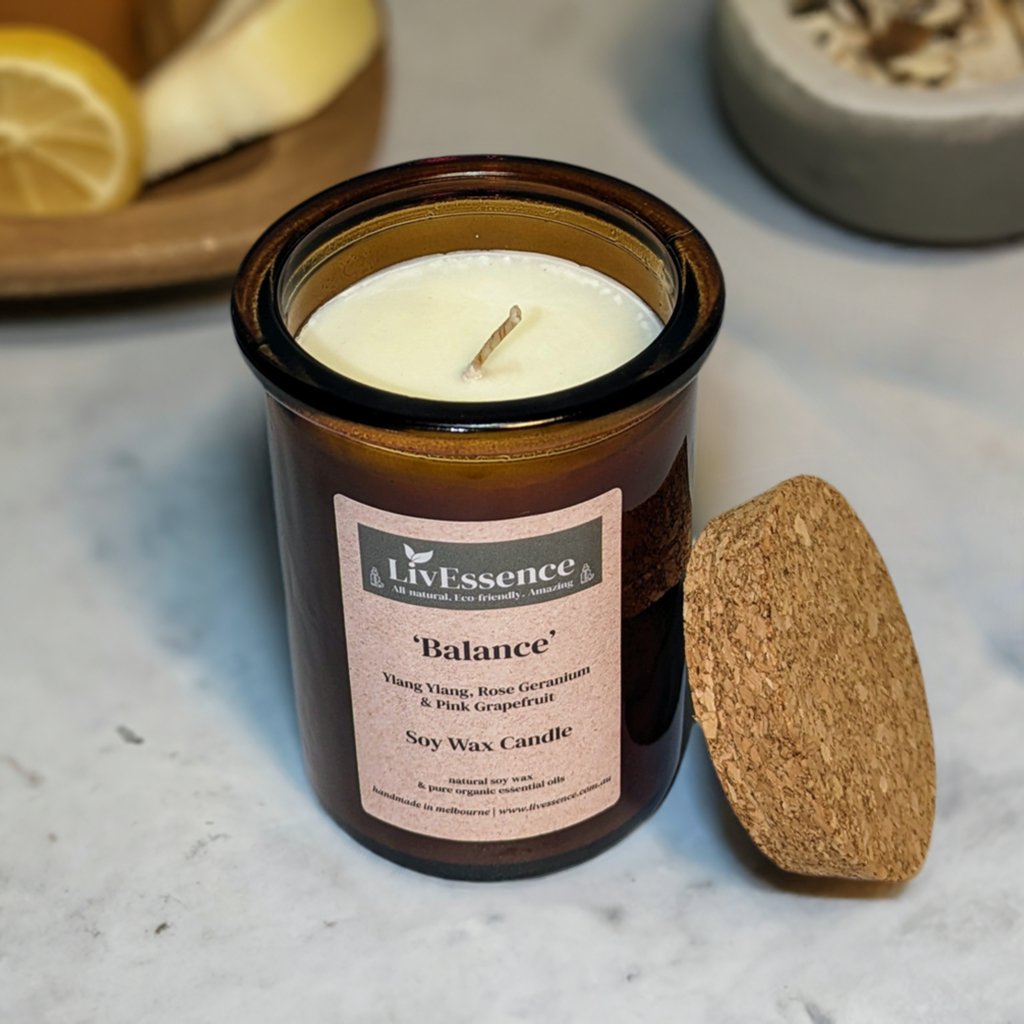Explore the World of Crystal Soy Candles and Home Fragrance Delights
Explore the World of Crystal Soy Candles and Home Fragrance Delights
Blog Article
From Wick to Wax: Recognizing the Chemistry Behind Soy Wax Candles and Their Ecological Effect
As we illuminate our rooms with the warm glow of candle lights, there lies a realm of intricate chemistry behind the relatively simple act of lighting a soy wax candle light. The choice between soy and paraffin wax expands beyond simple looks, delving right into the world of ecological impact and the really structure of the products. Comprehending the molecular framework of soy wax and its burning process loses light on the discharges launched into our environments. Join us as we unwind the clinical ins and outs behind soy wax candles and explore their effects on our environment.
Soy Wax Vs. Paraffin Wax
When comparing soy wax and paraffin wax for candle production, it is vital to recognize the unique attributes and benefits of each material. Soy wax is an all-natural, sustainable source stemmed from soybean oil, making it eco-friendly and environmentally friendly - candles. On the other hand, paraffin wax is a by-product of oil refining, which raises concerns about its ecological effect and sustainability
Soy wax candle lights burn cleaner and send out much less soot contrasted to paraffin wax candles, making them a much healthier choice for interior air top quality. In addition, soy wax has a reduced melting factor, enabling a longer-lasting candle that disperses fragrance better. Paraffin wax, on the various other hand, tends to burn faster and much less cleanly, potentially releasing unsafe chemicals right into the air.
From a sustainability point of view, soy wax is favored for its biodegradability and renewable sourcing, straightening with the growing consumer choice for eco mindful products. While paraffin wax has actually been a traditional option in candle light making because of its affordability and simplicity of usage, the shift in the direction of environment-friendly options like soy wax is acquiring momentum in the market.
Chemical Composition of Soy Wax

Combustion Process in Soy Candles
The chemical composition of soy wax straight affects the combustion procedure in soy candles, affecting aspects such as burn time, fragrance launch, and environmental impact. When a soy candle is lit, the warm from the fire melts the wax near the wick. This liquid wax is then drawn up the wick due to capillary action. As the fluid wax reaches the flame, it vaporizes and goes through burning. The combustion procedure includes the vaporized hydrocarbons in the wax reacting with oxygen in the air to produce heat, light, water vapor, and carbon dioxide.
The burning performance of soy candles is influenced by the pureness of the soy wax and the quality of the wick. Furthermore, soy wax candle lights have a reduced environmental effect contrasted to paraffin candles due to their sustainable and naturally degradable nature.

Environmental Advantages of Soy Wax

Thought about a lasting option to standard paraffin wax, soy wax supplies notable ecological benefits that make it a preferred choice amongst eco-conscious customers. Soy wax burns cleaner and creates much less soot than paraffin wax, contributing to far better indoor air high quality and lowering the need for cleaning and maintenance. Generally, the our website ecological benefits of soy wax line up with the expanding demand for eco-friendly and sustainable items in the market.
Recycling and Disposal Considerations
Reusing and correct disposal of soy wax candles play a critical role in preserving ecological check out this site sustainability and lowering waste in households and communities. When it comes to recycling soy wax candles, the initial step is to make sure that the candle light has actually burned completely. This can be achieved by allowing the candle to shed up until the wick is no longer functional, and afterwards allowing the continuing to be wax cool and strengthen. Once the wax has solidified, it can be thoroughly eliminated from the container.

In terms of disposal, if recycling is not an option, soy wax candles are biodegradable and can be securely taken care of in the majority of home waste systems. Nevertheless, it is always advised to talk to regional recycling centers or waste administration services for specific standards on candle disposal to ensure correct handling and ecological protection.
Verdict
In verdict, the chemistry behind soy wax candles exposes their ecological advantages over paraffin wax candles. Soy wax, obtained from soybean oil, burns cleaner and generates less soot when contrasted to paraffin wax.
When comparing soy wax and paraffin wax for candle light making, it is necessary to understand the unique features This Site and advantages of each material (candles).Soy wax candle lights burn cleaner and release much less residue contrasted to paraffin wax candles, making them a healthier choice for indoor air high quality.Taken into consideration a lasting choice to traditional paraffin wax, soy wax provides significant ecological advantages that make it a preferred selection amongst eco-conscious customers. Soy wax burns cleaner and generates much less residue than paraffin wax, adding to far better indoor air quality and minimizing the demand for cleaning and maintenance.In final thought, the chemistry behind soy wax candles exposes their environmental advantages over paraffin wax candles
Report this page